43 F. high in the Twin Cities Monday.
53 F. average high on April 6.
62 F. high on April 6, 2014.
.18" rain fell at MSP International yesterday as of 7 PM.
April 6, 1964: Snowstorm hits Minnesota with 9 inches at Fosston and 8.7 at Park Rapids.

A Cold Rain
Ice is coming off Minnesota lakes a couple weeks earlier than 2014. Trees are budding, rhubarb poking up through damp soil - the frost nearly gone now. Yes, we are limping into spring and I am VERY happy to be tracking green blobs on Doppler radar.
The weather this week will help you focus on work and errands; no lukewarm fronts luring you outside anytime soon. Up to 6 inches of snow fell on Pine County yesterday, and models are hinting at a risk of slush in the metro Friday morning, mainly lawns and slow-moving robins.
For the most part the lowest mile of the atmosphere should be mild enough for rain spilling out of a curdling sky; heaviest on Thursday, again Sunday. Many towns will pick up half an inch of rain by next Monday, enough to put a modest dent in our nagging drought.
My gut (nausea?) is telling me that 2015 will be warmer and drier than 2014, based on the way patterns are setting up, and an El Nino warm phase of the Pacific that now looks much stronger than what was predicted months ago.
Before long we may be complaining about heat, whining about the humidity, shaking a fist at a dry, dusty sky.
Forgive me while I enjoy a cold rain and rediscover "green".

Monday Morning Slush. It was a relatively narrow band of snow, stretching from near Brainerd and Lake Mille Lacs to Pine County, where as much as 6" of snow piled up, mainly on lawns and fields. About 2" fell in Brainerd. 4-5 days ago both the ECMWF and GFS hinted at some 6" amounts by early Monday - I have to say that they were on the right track. Map: National Weather Service.
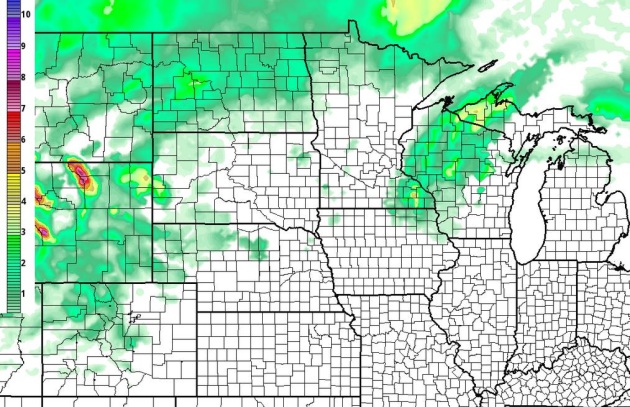


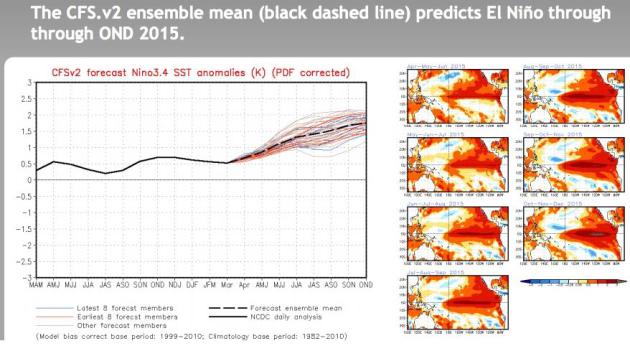
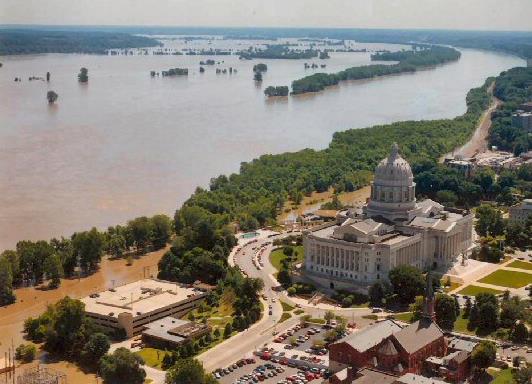
Photo credit above: "US Army Corp of Engineers photo of the Missouri River's damage to US Highway 63, Jefferson City, Missouri, near the Missouri Capitol building during the "Great Flood of 1993". National Guardsmen created sandbag levees in the parking lot, but the building was still several feet above the water line." Courtesy of Wikipedia, which has more information here.
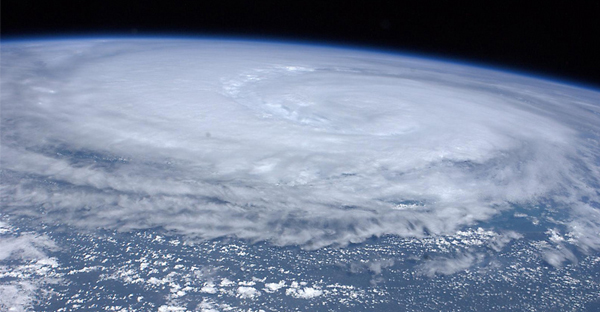
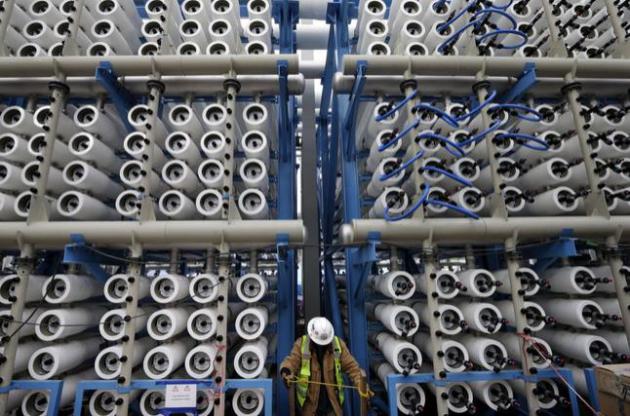
File photo credit above: "In this March 11, 2015, file photo, a worker climbs stairs among some of the 2,000 pressure vessels used to convert seawater into fresh water through reverse osmosis in the western hemisphere's largest desalination plant in Carlsbad, Calif. The Carlsbad Desalination Project, scheduled to start operations in late 2015, is expected to provide 50 million gallons of fresh drinking water a day." (AP Photo/Gregory Bull, File).

Beneath California Crops, Groundwater Crisis Grows.
At some point underground aquifers become depleted (or contaminated)
and you can't drill any deeper to find fresh water. Here's an excerpt
from The New York Times: "... Farmers
are drilling wells at a feverish pace and pumping billions of gallons
of water from the ground, depleting a resource that was critically
endangered even before the drought, now in its fourth year, began.
California has pushed harder than any other state to adapt to a changing
climate, but scientists warn that improving its management of precious
groundwater supplies will shape whether it can continue to supply more
than half the nation’s fruits and vegetables on a hotter planet..."
File photo credit above: "This
Jan. 16, 2015 file photo shows pumpjacks operating at the Kern River
Oil Field, in Bakersfield, Calif. California’s top regulators on
Tuesday, March 10, 2015 acknowledged lax oversight by the state had
allowed oil-and-gas industry contamination of protected water aquifers
and other threats to public safety, and pledged to intensify protection
of water sources and public health." (AP Photo/Jae C. Hong, File)
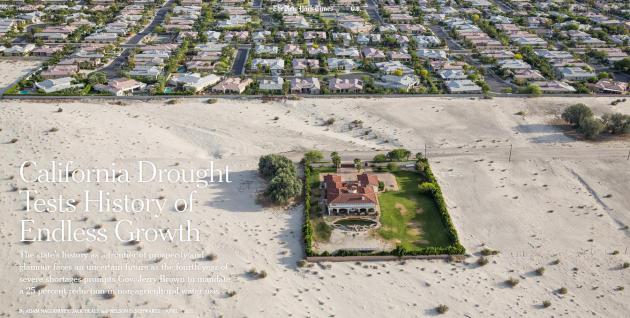
California Drought Tests History of Endless Growth. Here's an excerpt from a story at The New York Times: "...But even California’s biggest advocates are wondering if the severity of this drought,
now in its fourth year, is going to force a change in the way the state
does business. Can Los Angeles continue to dominate as the country’s
capital of entertainment and glamour, and Silicon Valley as the center
of high tech, if people are forbidden to take a shower for more than
five minutes and water bills become prohibitively expensive? Will
tourists worry about coming? Will businesses continue their expansion in
places like San Francisco and Venice?..."
Image credit above: "Homes
in Rancho Mirage, Calif., in the Coachella Valley. Gov. Jerry Brown has
ordered a 25 percent statewide reduction in non-agricultural water use." Credit Damon Winter/The New York Times.
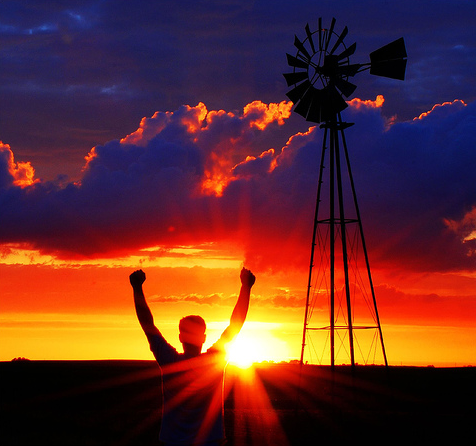
3 Reasons Solar and Wind Energy Will Take Over Our Power Grid Much Sooner Than You Think. Here's a snippet from New York Magazine: "Getting power from the wind and the sun no longer seems like a hippie fantasy: Elon Musk is betting that solar power will be so profitable it will help fund space travel, and big tech companies like Apple and Google
are buying in, too. Today most homes and businesses are still powered
by fossil fuels, but in just a few decades — maybe even as little as 15
years — most energy could be coming from renewable sources..."

Baseball's Decline in America. But we're not even close to writing off baseball just yet. The Washington Post takes a look at demographic trends with a few sobering infographics. Go Twins! "Baseball’s audience is predominantly white, older and higher-earning. The average age of baseball viewers has been rising."

Semiautonomous Driving Arrives, Feature By Feature.
This may be feature-creep with more and more automation with each
iteration of a vehicle vs. one giant technological splash, according to a
story at The New York Times; here's an excerpt: "...The
path to fully autonomous driving will still take years to reach
consumers, but car manufacturers demonstrated this week that they are
now able to offer buyers several levels of so-called active safety
features — in which the car takes over driving in certain instances. And
they plan to introduce even more advanced semiautonomous capabilities
in the coming months..."
Image credit above: Tesla Motor Company.

Anchorman: "A Dumb Job?"
Every business is experiencing disruption, including journalism, and
I'm not sure our kid's kids will put anchormen and women on pedestals the
way some of us did growing up. I can't say I agree with everything in
this article - the very best local anchors (Shelby and Magers come to
mind) worked their way up from reporter to anchor. They were journalists
first, and news-readers second. They actually earned a position of
trust. Many in the print media have been historically quick to bash
television news any chance they get, so I take some of this with a grain
of envy-saturated salt. Here's an excerpt of an interesting read at New York Magazine: "...For
all the histrionics, this incident of media blood sport was much ado
about not so much. The network-news anchor as an omnipotent national
authority figure is such a hollow anachronism in 21st-century America
that almost nothing was at stake. NBC’s train wreck played out as
corporate and celebrity farce rather than as a human or cultural tragedy
because it doesn’t actually matter who puts on the bespoke suit and
reads the news from behind a desk..."
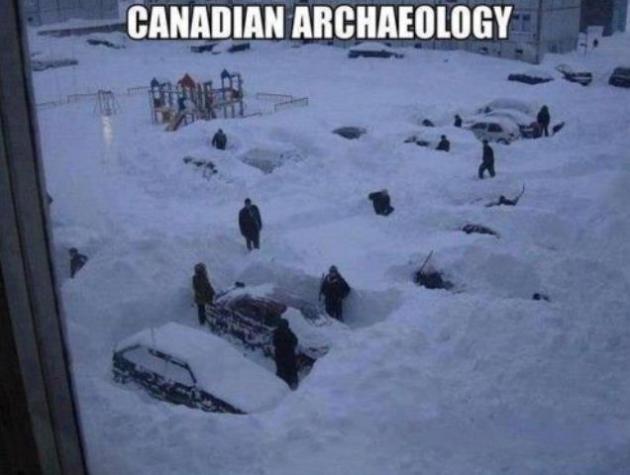
TODAY: Light rain and drizzle. Winds: NE 10-20. High: 42
TUESDAY NIGHT: Drizzle tapers, still chilly. Low: 35
WEDNESDAY: Drier day, skies try to brighten. High: 51
THURSDAY: Another surge of steadier rain. Wake-up: 39. High: 44
FRIDAY: Early slush in a few towns? Then gradual clearing. Wake-up: 34. High: near 50
SATURDAY: Clouds increase, probably dry. Wake-up: 38. High: 56
SUNDAY: Milder with showers, PM thunder? Wake-up: 45. High: near 60
MONDAY: Drier, breezy and cooler. Wake-up: 43. High: 52
Climate Stories....
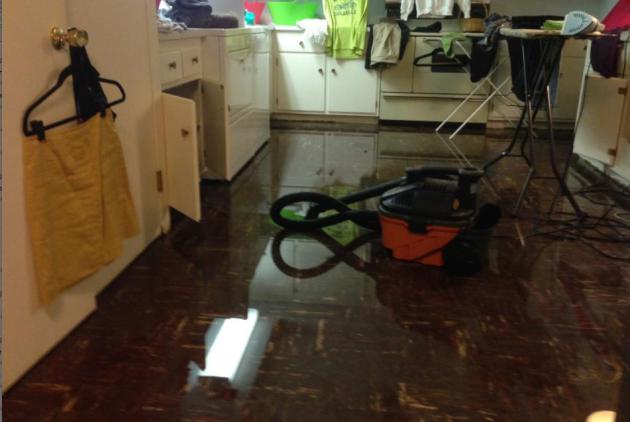
Wet Basement Last Year? Blame Climate Change.
The swings are becoming even more extreme over time, especially
precipitation and "whiplash", going from drought to flood, back to
drought, much faster than in the past. Here's an excerpt from a story at
The Star Tribune: "...Even
though this spring has been unusually dry, climatologists say
homeowners should get used to volatility — wild swings in weather will
be more common as climate change begins working its effects on the
atmosphere. “The climate has been changing,” said Peter Snyder, an
associate professor of atmospheric science at the University of
Minnesota. “It’s pretty clear that we’re seeing more extremes.” While
last year’s wet spring doesn’t mean Minnesotans should expect flooded
basements every year, Snyder said, his work indicates that intense
weather events are becoming increasingly frequent in the Upper Midwest..."

The Incredible Decline of Arctic Sea Ice - Visualized. Here's an excerpt of a Chris Mooney article at The Washington Post: "...The
downward trend usually draws the most attention in September, because
that’s when overall ice extent reaches its annual low, and the lows have
been getting lower and lower. But in a new visualization,
the Post’s Kennedy Elliott uses data from the National Snow and Ice
Data Center to show that in their records going back to 1979, there’s
actually been a plunge, over time, for ice extent for each individual
month of the year..."
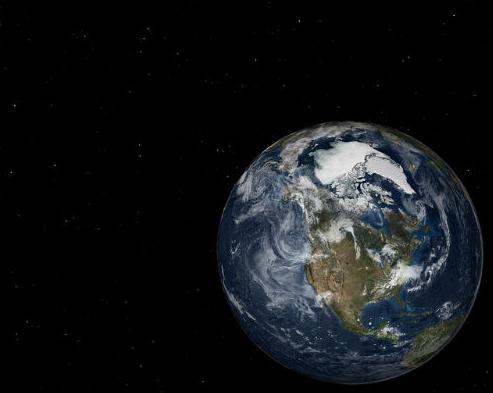
What Evidence Would Pursuade You That Man-Made Climate Change is Real? Here's an excerpt of a fact-filled, URL-rich essay at Reason.com: "...To
restate: The existence of man-made warming does not mandate any
particular policies. So back to the headline question: If generally
rising temperatures, decreasing diurnal temperature differences, melting
glacial and sea ice, smaller snow extent, stronger rainstorms, and
warming oceans are not enough to persuade you that man-made climate is
occurring, what evidence would be?"
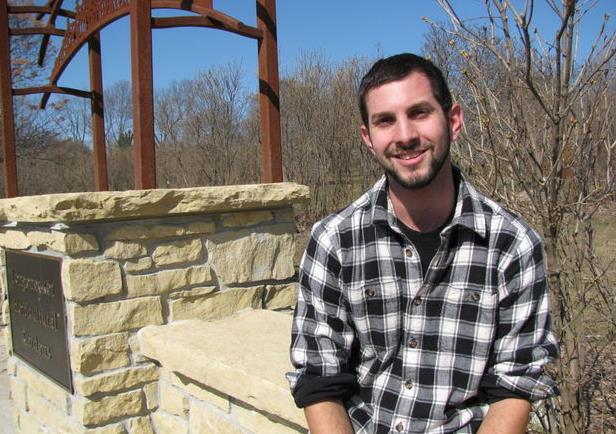
Photo credit above: Doug Erickson | Wisconsin State Journal. "Riley Balikian, photographed at an entrance to the UW Arboretum, is a member of the national steering committee for Young Evangelicals for Climate Action."
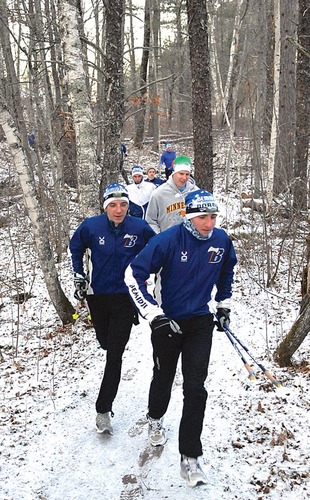

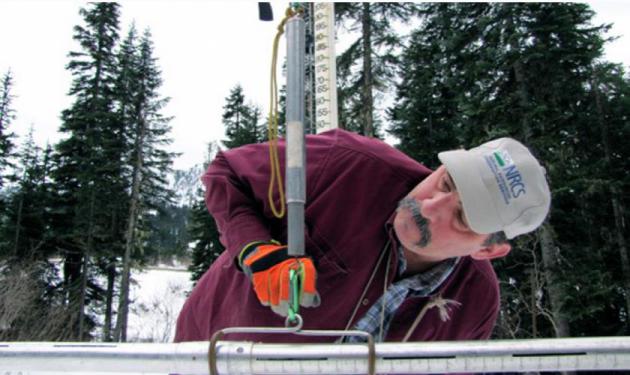
Record Low Snowpack in Pacific Northwest Could Be "Dress Rehearsal" for Climate Change. PRI, Public Radio International, has the story - here's the intro: "When
officials in drought-stricken California found last week that snowpack
levels in the Sierra Nevada mountains were at historic lows, they took
drastic action, implementing
unprecedented water-use restrictions. But record-low snowpacks aren’t
just a thing in California. They’re also happening further north. In
western Washington, snow levels are more than 90 percent below normal,
and statewide the snow level is at 71 percent below where it should be.
The situation is even more severe in Oregon, which has received less
than a quarter of its normal snowfall..."
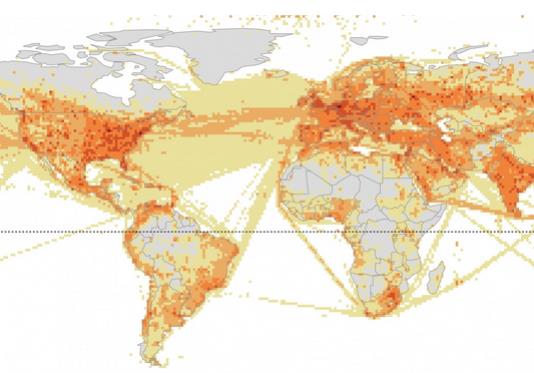
Infographic credit above: "Where carbon emissions are greatest". (Kennedy Elliott).
No comments:
Post a Comment